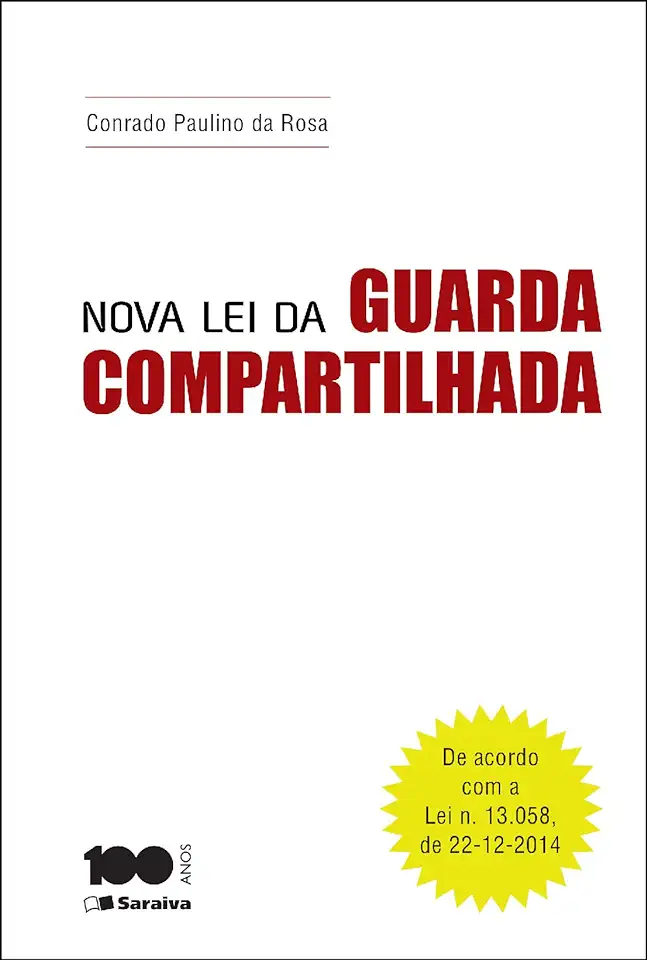
New Shared Custody Law - Conrado Paulino da Rosa
New Shared Custody Law: A Comprehensive Guide for Parents and Professionals
Introduction
In today's rapidly changing society, the traditional concept of child custody is undergoing a significant transformation. The New Shared Custody Law, authored by the renowned legal expert Conrado Paulino da Rosa, offers a groundbreaking approach to child custody arrangements that prioritize the well-being of children and the involvement of both parents. This comprehensive guide provides an in-depth analysis of the new law, its implications, and its potential impact on families and the legal system.
Understanding the New Shared Custody Law
The New Shared Custody Law represents a paradigm shift in child custody jurisprudence. It moves away from the traditional winner-take-all approach and instead emphasizes the importance of shared parenting and decision-making. The law recognizes that both parents play a vital role in a child's development and that maintaining a strong relationship with both parents is in the best interest of the child.
Key Features of the New Shared Custody Law
The New Shared Custody Law introduces several innovative features that aim to promote the well-being of children and foster positive co-parenting relationships. These features include:
Equal Parenting Time: The law establishes a presumption of equal parenting time, recognizing that both parents should have substantial and meaningful involvement in their child's life.
Shared Decision-Making: Parents are encouraged to make joint decisions regarding their child's upbringing, including education, healthcare, and extracurricular activities.
Parenting Plans: Parents are required to develop parenting plans that outline the specific arrangements for shared custody, including parenting time schedules, decision-making processes, and communication protocols.
Dispute Resolution: The law provides mechanisms for resolving disputes between parents, such as mediation and arbitration, to minimize conflict and promote amicable co-parenting.
Benefits of the New Shared Custody Law
The New Shared Custody Law offers numerous benefits for children, parents, and the legal system. These benefits include:
Reduced Conflict: By promoting shared parenting and decision-making, the law helps reduce conflict between parents and creates a more stable and harmonious environment for children.
Enhanced Child Well-being: Children benefit from having a strong relationship with both parents and from the shared parenting responsibilities that the law encourages.
Improved Co-Parenting Relationships: The law encourages parents to work together and communicate effectively, fostering positive co-parenting relationships that benefit the entire family.
Reduced Court Involvement: By providing mechanisms for resolving disputes outside of court, the law reduces the need for costly and time-consuming litigation.
Conclusion
The New Shared Custody Law is a groundbreaking piece of legislation that has the potential to revolutionize child custody arrangements and improve the lives of children and families. By prioritizing shared parenting, decision-making, and communication, the law promotes the well-being of children and encourages parents to work together in the best interests of their child. This comprehensive guide by Conrado Paulino da Rosa provides an essential resource for parents, legal professionals, and policymakers seeking to understand and implement the New Shared Custody Law.